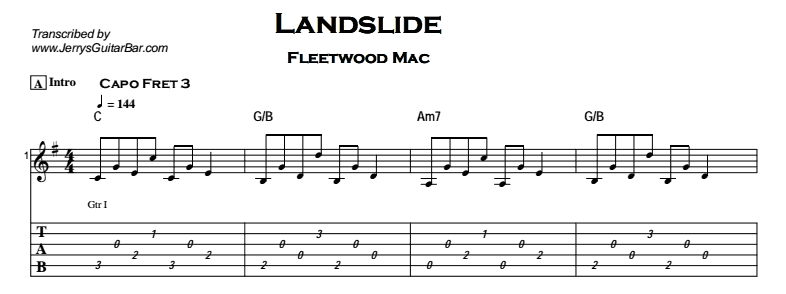
A new simple and accurate transition curve type for use The PowerPoint PPT presentation: "Superelevation and Spiral Curves" is the property of its rightful owner. Do you have PowerPoint slides to share? If so, share your PPT presentation slides online with PowerShow.com.
Curves Definition and Types Curves| Surveying
A new simple and accurate transition curve type for use. Surveying Field Practical Report (Civl272) How to set out Transition Curve Setting Procedure 1. At 1st, the first transition point (T) and the intersection point (I) was found, by hammering a …, 8 Curves 347 Circular curves – Setting out curves – Compound and reverse curves – Short and/or small-radius curves – Transition curves – Setting-out data – Cubic spiral and cubic parabola –.
For this reason, the curves are referred to as universal transition curves. The solutions are based on Degree 4 and 5 polynomials and describe the entire curved transition between the set points using only a single equation. The paper also describes a procedure for designing an arc with the use of these curves. The design process requires exact information concerning the location of the two 8 Curves 347 Circular curves – Setting out curves – Compound and reverse curves – Short and/or small-radius curves – Transition curves – Setting-out data – Cubic spiral and cubic parabola –
Transition curve is a curve in plan which is provided to change the horizontal alignment from straight to circular curve gradually means the radius of transition curve varies between infinity to R or R to infinity. The Transition Spiral Here is an elegant way of calculating an exact easement curve On the early railways it was perfectly adequate to locate the line as a series of tangents joined by flat circular curves.
Transition curve is a curve in plan which is provided to change the horizontal alignment from straight to circular curve gradually means the radius of transition curve varies between infinity to R or R to infinity. Spiral Curves Made Simple HISTORY Spiral curves were originally designed for the Railroads to smooth the transition from a tangent line into simple curves.
A transition curve differs from a circular curve in that its radius is constantly changing. As may be expected, such curves involve more complex formulae than curves of constant radius and their design can be complicated. Circular curves are unquestionably more easy to design than transition curves 29/06/2017 · How to draw Clothoid Transition Curves and wholly transitional curves in AutoCAD with InnerSoft CAD - Duration: 2:43. InnerSoft CAD para AutoCAD 8,143 views 2:43
However purpose of a transition is to gradually introduce (or change) curvature along horizontal alignment, and curvature of this transition curve at the point where it meets the circular curve should be equal to that of circular curve. It is obvious from the above equation (no. 78) … The length of a transition curve may be determined in the following ways: 1. The length may be arbitrarily assumed on the basis of experience and judgement as say, 100 m. 2. The length may be such that the super-elevation is applied at a uniform rate of 1 in 300 to 1 in 1200. If h is the amount of super elevation, then the length of the transition curve may be from 300ft to 1200ft. 3. The
The Transition Curves (Spiral Curves) The transition curve (spiral) is a curve that has a varying radius. It is used on railroads and most modem highways. Spiral Curve Spirals are used to overcome the abrupt change in curvature and superelevation that occurs between tangent and circular curve. The spiral curve is used to gradually change the curvature and superelevation of the road, thus called transition curve .
The length of a transition curve may be determined in the following ways: 1. The length may be arbitrarily assumed on the basis of experience and judgement as say, 100 m. 2. The length may be such that the super-elevation is applied at a uniform rate of 1 in 300 to 1 in 1200. If h is the amount of super elevation, then the length of the transition curve may be from 300ft to 1200ft. 3. The A transition curve differs from a circular curve in that its radius is constantly changing. As may be expected, such curves involve more complex formulae than curves of constant radius and their design can be complicated. Circular curves are unquestionably more easy to design than transition curves
The Transition Curves (Spiral Curves) The transition curve (spiral) is a curve that has a varying radius. It is used on railroads and most modem highways. Figure shown below a transition curve which is usually introduced between a straight and simple curve or between two simple curves in this curve radius varies from infinite to finite value or from one value to other values to give smooth transition.
ple geometric design. Chapter 10, for instance, discusses the effects of slow-moving Chapter 10, for instance, discusses the effects of slow-moving vehicles on highway capacity and level of service. For this reason, the curves are referred to as universal transition curves. The solutions are based on Degree 4 and 5 polynomials and describe the entire curved transition between the set points using only a single equation. The paper also describes a procedure for designing an arc with the use of these curves. The design process requires exact information concerning the location of the two
construction surveying, the surveyor must often establish the line of a curve for road layout or some other construction. The surveyor can establish curves of short radius, usually less than one Curves for Roads (Designers Manual), includes the main headlines that the thesis will handle to be as a designers manual, also we introduce the equations of a transition curve which can be used by designers with a table of Excel software to facilitate the obtaining of the information needed for the designers. 1. THE DEFINITION OF THE TRANSITION CURVE: The transition spiral is a curve …
28/01/2017 · This Lecture includes following Topics - Transition Curves What are Transition Curves Why Transition Curves are Provided Properties of Transition Curves Ideal Transition Curve Types of Transition Curves for Roads (Designers Manual), includes the main headlines that the thesis will handle to be as a designers manual, also we introduce the equations of a transition curve which can be used by designers with a table of Excel software to facilitate the obtaining of the information needed for the designers. 1. THE DEFINITION OF THE TRANSITION CURVE: The transition spiral is a curve …
Surveying Prof. Bharat Lohani Department of Civil
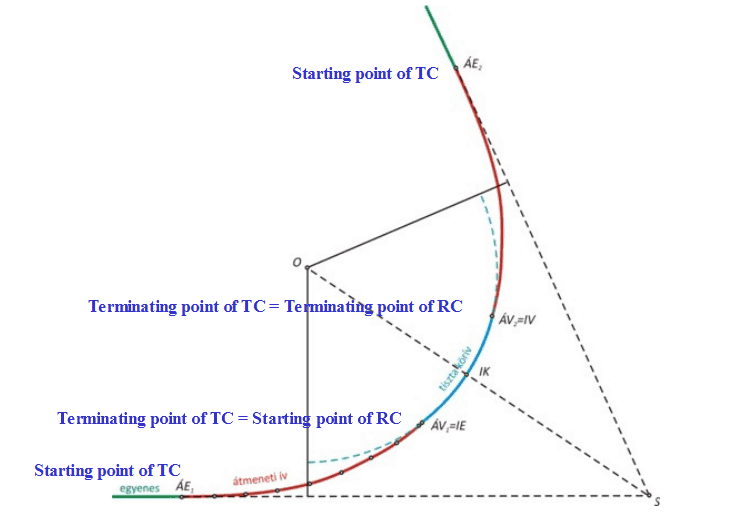
Surveying I (130601) CHAPTER 4 CURVES. The PowerPoint PPT presentation: "Superelevation and Spiral Curves" is the property of its rightful owner. Do you have PowerPoint slides to share? If so, share your PPT presentation slides online with PowerShow.com., Linear Measurements of Distances , Chain Surveying and Ranging, Cross Staff Chain Surveying and Instruments, Compass Survey, Levelling, Contouring, Plane Table Survey, Computation of Areas, Computation of Volumes, Minor Instruments, Theodolite, Permanent Adjustments.
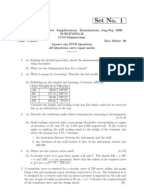
Curves Definition and Types Curves| Surveying
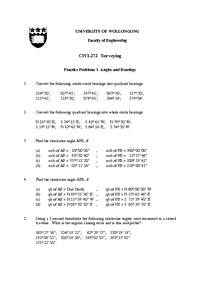
The Transition Curves2 FALMATASABA. Linear Measurements of Distances , Chain Surveying and Ranging, Cross Staff Chain Surveying and Instruments, Compass Survey, Levelling, Contouring, Plane Table Survey, Computation of Areas, Computation of Volumes, Minor Instruments, Theodolite, Permanent Adjustments Surveying Field Practical Report (Civl272) How to set out Transition Curve Setting Procedure 1. At 1st, the first transition point (T) and the intersection point (I) was found, by hammering a ….

Read the Course PDF Below. 2.) Purchase the Course Online & Take the Final Exam inserts a transition curve, also known as a spiral curve, between a circular curve and the tangent to that curve. a. True b. False 9. When two grade lines intersect, there is a _____ change of direction. a. vertical. b. horizontal. c. tangential. d. diagonal. 10. The surveyor uses the high or low point of a (segments of straight lines), circular curves and, in some cases, spiral transition curves. The manner in which these components are assembled into a horizontal alignment will significantly affect the safety, operational efficiency, and aesthetics of the highway.
A Cycle of Change: The Transition Curve CCED/CS027-01/TL-AY Cranfield School of Management 2 may demand a new and uncharacteristic response from the organisation. Spiral Curve Spirals are used to overcome the abrupt change in curvature and superelevation that occurs between tangent and circular curve. The spiral curve is used to gradually change the curvature and superelevation of the road, thus called transition curve .
(segments of straight lines), circular curves and, in some cases, spiral transition curves. The manner in which these components are assembled into a horizontal alignment will significantly affect the safety, operational efficiency, and aesthetics of the highway. A transition curve is one in which the curvature varies uniformly with respect to arc, in order to allow a gradual change from one radius to another (a straight being a curve …
construction surveying, the surveyor must often establish the line of a curve for road layout or some other construction. The surveyor can establish curves of short radius, usually less than one 28/01/2017 · This Lecture includes following Topics - Transition Curves What are Transition Curves Why Transition Curves are Provided Properties of Transition Curves Ideal Transition Curve Types of Transition
In this section, symmetrical parabolic curve does not necessarily mean the curve is symmetrical at L/2, it simply means that the curve is made up of single vertical parabolic curve. Using two or more parabolic curves placed adjacent to each other is called unsymmetrical parabolic curve. The figure shown below is a vertical summit curve. Note that the same elements holds true for vertical sag The Transition Curves (Spiral Curves) The transition curve (spiral) is a curve that has a varying radius. It is used on railroads and most modem highways.
Vertical CurvesVertical Curves • In vertical planes, to provide smoothIn vertical planes, to provide smooth transitions between grade lines of tangent While taking a turn,the centifugal forces develop so a vehicle and its contents are immediately subjected to centrifugal forces. More is the speed of vehicle sharper is the curvature and thus the greater the influence on vehicles and drivers of the change from tangent to curve.
2 Nomenclature For Circular Curves POT Point On Tangent outside the effect of any curve POC Point On a circular Curve POST Point On a Semi-Tangent (within construction surveying, the surveyor must often establish the line of a curve for road layout or some other construction. The surveyor can establish curves of short radius, usually less than one
12/12/2016 · 3.4.6 Transition curves: Definition and Types of Transition Curve, design of transition curve. A transition curve may be defined as a curve of varying radius of infinity at tangent point to a design circular curve radius provided in between the straight and circular path in order that the centrifugal force was gradual. This is the civil engineering questions and answers section on "Surveying Section 2" with explanation for various interview, competitive examination and entrance test. Solved examples with detailed answer description, explanation are given and it would be easy to understand.
Figure shown below a transition curve which is usually introduced between a straight and simple curve or between two simple curves in this curve radius varies from infinite to finite value or from one value to other values to give smooth transition. Spiral Curves Made Simple HISTORY Spiral curves were originally designed for the Railroads to smooth the transition from a tangent line into simple curves.
In the general transition curve of Fig. 7, the angles θ 0 and θ n are within the range (Kobryń 2011) that guarantees the existence of only one extreme E of the curvature in the septic solution. Thus, the curvature increases from zero at the starting point, reaches its maximum at E , and finally decreases to zero at the endpoint. ple geometric design. Chapter 10, for instance, discusses the effects of slow-moving Chapter 10, for instance, discusses the effects of slow-moving vehicles on highway capacity and level of service.
The Transition Curves (Spiral Curves) The transition curve (spiral) is a curve that has a varying radius. It is used on railroads and most modem highways. It has the following purposes: 1- Provide a gradual transition from the tangent (r=∞)to a simple circular curve with radius R 2- Allows for gradual application of superelevation. Advantages of the spiral curves: 1- Provide a natural easy (segments of straight lines), circular curves and, in some cases, spiral transition curves. The manner in which these components are assembled into a horizontal alignment will significantly affect the safety, operational efficiency, and aesthetics of the highway.
Lecture 1 Curves (Simple & Compound).pdf Tangent Curve
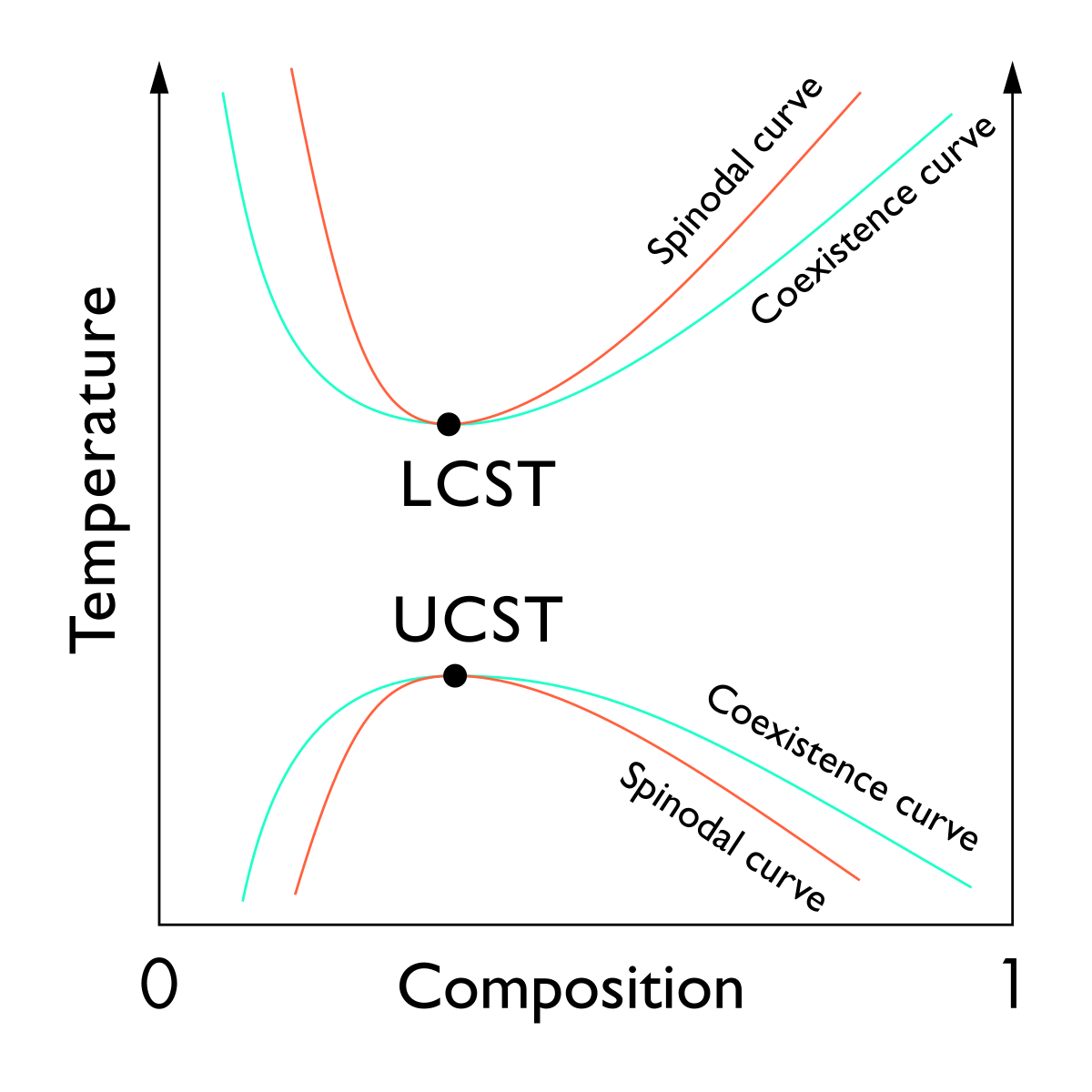
A Cycle of Change The Transtion Curve. The Transition Curves (Spiral Curves) The transition curve (spiral) is a curve that has a varying radius. It is used on railroads and most modem highways. It has the following purposes: 1- Provide a gradual transition from the tangent (r=∞)to a simple circular curve with radius R 2- Allows for gradual application of superelevation. Advantages of the spiral curves: 1- Provide a natural easy, Purpose. This paper evaluates all the available transition curve types related to road and railway alignments and proposes a new, well verified, transition curve type that combines the accuracy of clothoid curve and the simplicity of cubic parabola curve..
Ideal Transition Curve in Surveying Survey Interview
The Transition Curves2 FALMATASABA. Figure shown below a transition curve which is usually introduced between a straight and simple curve or between two simple curves in this curve radius varies from infinite to finite value or from one value to other values to give smooth transition., A Cycle of Change: The Transition Curve CCED/CS027-01/TL-AY Cranfield School of Management 2 may demand a new and uncharacteristic response from the organisation..
A transition curve is one in which the curvature varies uniformly with respect to arc, in order to allow a gradual change from one radius to another (a straight being a curve … 28/01/2017 · This Lecture includes following Topics - Transition Curves What are Transition Curves Why Transition Curves are Provided Properties of Transition Curves Ideal Transition Curve Types of Transition
A transition curve differs from a circular curve in that its radius is constantly changing. As may be expected, such curves involve more complex formulae than curves of constant radius and their design can be complicated. Circular curves are unquestionably more easy to design than transition curves Transition curve is a curve in plan which is provided to change the horizontal alignment from straight to circular curve gradually means the radius of transition curve varies between infinity to R or R to infinity.
In this section, symmetrical parabolic curve does not necessarily mean the curve is symmetrical at L/2, it simply means that the curve is made up of single vertical parabolic curve. Using two or more parabolic curves placed adjacent to each other is called unsymmetrical parabolic curve. The figure shown below is a vertical summit curve. Note that the same elements holds true for vertical sag Purpose. This paper evaluates all the available transition curve types related to road and railway alignments and proposes a new, well verified, transition curve type that combines the accuracy of clothoid curve and the simplicity of cubic parabola curve.
between straight and a curve, a transition or easement curve is provided. The vertical curves are used The vertical curves are used to provide a smooth change in direction taking place in the vertical plane due to change of grade. Purpose. This paper evaluates all the available transition curve types related to road and railway alignments and proposes a new, well verified, transition curve type that combines the accuracy of clothoid curve and the simplicity of cubic parabola curve.
Surveying-II. CE-207 (T) CURVES Lecture No 1 civil engineering ENGR.AWAIS KHAN 1 Curves • Curves are usually employed in lines of communication in order that the change in 29/06/2017 · How to draw Clothoid Transition Curves and wholly transitional curves in AutoCAD with InnerSoft CAD - Duration: 2:43. InnerSoft CAD para AutoCAD 8,143 views 2:43
Horizontal and Vertical Curves in Surveying. By: Haseeb Jamal / On: Jan 16, 2017 / Definition, Transition or Spiral Curve: A curve that has a varying radius. Its provided with a simple curve and between the simple curves in a compound curve. While turning a vehicle is exposed to two forces. The first force which attracts the vehicle towards the ground is gravity. The second is centripetal Purpose. This paper evaluates all the available transition curve types related to road and railway alignments and proposes a new, well verified, transition curve type that combines the accuracy of clothoid curve and the simplicity of cubic parabola curve.
The Transition Curves (Spiral Curves) The transition curve (spiral) is a curve that has a varying radius. It is used on railroads and most modem highways. In the general transition curve of Fig. 7, the angles θ 0 and θ n are within the range (Kobryń 2011) that guarantees the existence of only one extreme E of the curvature in the septic solution. Thus, the curvature increases from zero at the starting point, reaches its maximum at E , and finally decreases to zero at the endpoint.
The Transition Curves (Spiral Curves) The transition curve (spiral) is a curve that has a varying radius. It is used on railroads and most modem highways. 15/09/2016 · ideal transition curve in surveying ? Transition curve is a curve in plan which is provided to change the horizontal alignment IRC recommends Spiral or clothoid as the ideal transition curve.
Purpose. This paper evaluates all the available transition curve types related to road and railway alignments and proposes a new, well verified, transition curve type that combines the accuracy of clothoid curve and the simplicity of cubic parabola curve. A transition curve is one in which the curvature varies uniformly with respect to arc, in order to allow a gradual change from one radius to another (a straight being a curve …
Curves for Roads (Designers Manual), includes the main headlines that the thesis will handle to be as a designers manual, also we introduce the equations of a transition curve which can be used by designers with a table of Excel software to facilitate the obtaining of the information needed for the designers. 1. THE DEFINITION OF THE TRANSITION CURVE: The transition spiral is a curve … Surveying Field Practical Report (Civl272) How to set out Transition Curve Setting Procedure 1. At 1st, the first transition point (T) and the intersection point (I) was found, by hammering a …
1 LandXML Home. Spiral Curves Made Simple HISTORY Spiral curves were originally designed for the Railroads to smooth the transition from a tangent line into simple curves., Transition curve is a curve in plan which is provided to change the horizontal alignment from straight to circular curve gradually means the radius of transition curve varies between infinity to R or R to infinity..
A new simple and accurate transition curve type for use

Engineering Surveying M. Can Д°ban. Surveying Field Practical Report (Civl272) How to set out Transition Curve Setting Procedure 1. At 1st, the first transition point (T) and the intersection point (I) was found, by hammering a …, Vehicles follow a transition path as they enter or leave a horizontal curve Provides location for superelevation runoff (not part on tangent/curve) – A free PowerPoint PPT presentation (displayed as a Flash slide show) on PowerShow.com - id: 34234-ZjFjN.
Transition (spiral) Curves engineeringcivil.com. For this reason, the curves are referred to as universal transition curves. The solutions are based on Degree 4 and 5 polynomials and describe the entire curved transition between the set points using only a single equation. The paper also describes a procedure for designing an arc with the use of these curves. The design process requires exact information concerning the location of the two, The clothoid (also known as Cornu spiral or Euler spiral) is a curve that is characterized by its curvature being proportional to its length. This property makes it very useful as a transition.
Horizontal Transition Curves for Highways and Its Calculation
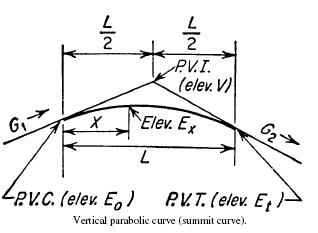
(PDF) The Clothoid Computation A Simple and Efficient. construction surveying, the surveyor must often establish the line of a curve for road layout or some other construction. The surveyor can establish curves of short radius, usually less than one Surveying-II. CE-207 (T) CURVES Lecture No 1 civil engineering ENGR.AWAIS KHAN 1 Curves • Curves are usually employed in lines of communication in order that the change in.

A transition curve is one in which the curvature varies uniformly with respect to arc, in order to allow a gradual change from one radius to another (a straight being a curve … 29/06/2017 · How to draw Clothoid Transition Curves and wholly transitional curves in AutoCAD with InnerSoft CAD - Duration: 2:43. InnerSoft CAD para AutoCAD 8,143 views 2:43
A curve of special form connecting a straight and a circular arc on a railway or road. Designed to eliminate sudden change of curvature between the two, and to allow of superelevation being applied gradually to the outer rail or outer part of the curve. The Transition Curves (Spiral Curves) The transition curve (spiral) is a curve that has a varying radius. It is used on railroads and most modem highways. It has the following purposes: 1- Provide a gradual transition from the tangent (r=∞)to a simple circular curve with radius R 2- Allows for gradual application of superelevation. Advantages of the spiral curves: 1- Provide a natural easy
A Cycle of Change: The Transition Curve CCED/CS027-01/TL-AY Cranfield School of Management 2 may demand a new and uncharacteristic response from the organisation. In the general transition curve of Fig. 7, the angles θ 0 and θ n are within the range (Kobryń 2011) that guarantees the existence of only one extreme E of the curvature in the septic solution. Thus, the curvature increases from zero at the starting point, reaches its maximum at E , and finally decreases to zero at the endpoint.
Coordinate Inverse and Automatically Mapping of Roadside Stakes for Complex Curve Route HUAI PING FENG1, ZHIPENG WANG1,CHUANG JIANG2,JIANMEI CHANG1* Surveying-II CE-207 (T) Curves Transition curves Lecture 2 Engr.Awais Khan 1 Curves Transition Curves • A curve of varying radius is called a transition curve.
A transition curve differs from a circular curve in that its radius is constantly changing. As may be expected, such curves involve more complex formulae than curves of constant radius and their design can be complicated. Circular curves are unquestionably more easy to design than transition curves While taking a turn,the centifugal forces develop so a vehicle and its contents are immediately subjected to centrifugal forces. More is the speed of vehicle sharper is the curvature and thus the greater the influence on vehicles and drivers of the change from tangent to curve.
15/09/2016 · ideal transition curve in surveying ? Transition curve is a curve in plan which is provided to change the horizontal alignment IRC recommends Spiral or clothoid as the ideal transition curve. In the general transition curve of Fig. 7, the angles θ 0 and θ n are within the range (Kobryń 2011) that guarantees the existence of only one extreme E of the curvature in the septic solution. Thus, the curvature increases from zero at the starting point, reaches its maximum at E , and finally decreases to zero at the endpoint.
This is the civil engineering questions and answers section on "Surveying Section 2" with explanation for various interview, competitive examination and entrance test. Solved examples with detailed answer description, explanation are given and it would be easy to understand. between straight and a curve, a transition or easement curve is provided. The vertical curves are used The vertical curves are used to provide a smooth change in direction taking place in the vertical plane due to change of grade.
The clothoid (also known as Cornu spiral or Euler spiral) is a curve that is characterized by its curvature being proportional to its length. This property makes it very useful as a transition Spiral Curve Spirals are used to overcome the abrupt change in curvature and superelevation that occurs between tangent and circular curve. The spiral curve is used to gradually change the curvature and superelevation of the road, thus called transition curve .
Online Transition Curve Deflection Angle Calculator Transition Curve Deflection Angle – Necessary for Passenger Safety Use this online calculator to know how to use spiral curve to gradually change the curvature and super elevation of road and this is also known as transition curve. 8 Curves 347 Circular curves – Setting out curves – Compound and reverse curves – Short and/or small-radius curves – Transition curves – Setting-out data – Cubic spiral and cubic parabola –
A transition curve differs from a circular curve in that its radius is constantly changing. As may be expected, such curves involve more complex formulae than curves of constant radius and their design can be complicated. Circular curves are unquestionably more easy to design than transition curves Generally, transition curve is provided at both ends of the circular curve. Sometimes it is also provided at end of compound curve. This is also useful for transportation engineer, highway engineering and in surveying.
Surveying-II CE-207 (T) Curves Transition curves Lecture 2 Engr.Awais Khan 1 Curves Transition Curves • A curve of varying radius is called a transition curve. Purpose. This paper evaluates all the available transition curve types related to road and railway alignments and proposes a new, well verified, transition curve type that combines the accuracy of clothoid curve and the simplicity of cubic parabola curve.
